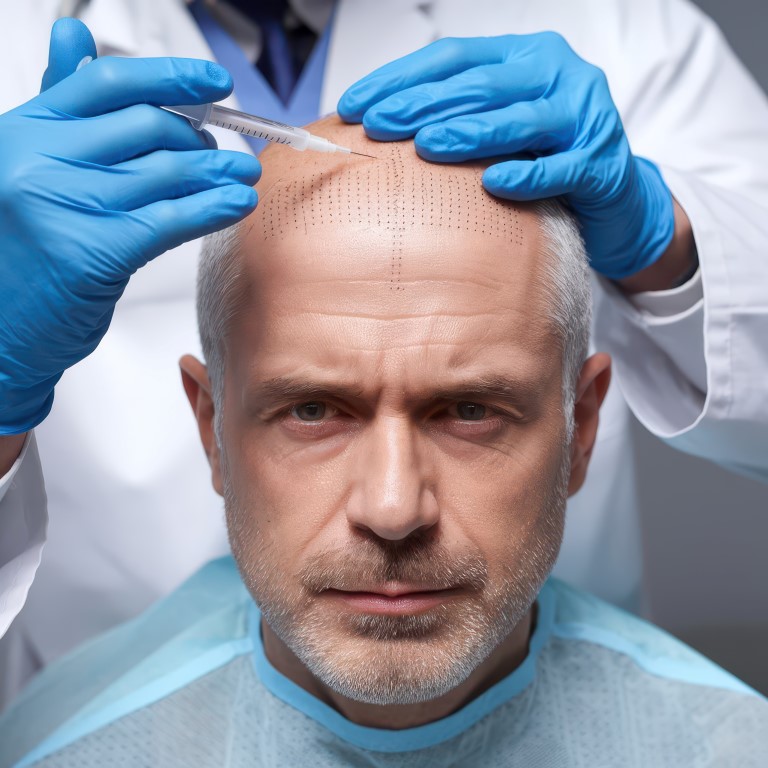
What to Expect After a Hair Transplant: Recovery Timeline and Care Tips
A hair transplant is a transformative procedure that restores hair density and enhances confidence. However, achieving optimal results requires proper aftercare and patience. This guide outlines the recovery timeline and essential post-transplant care tips to ensure a smooth healing process and successful hair growth.



Recovery Timeline After a Hair Transplant
Day 1-3: Immediate Post-Procedure Phase
- Mild swelling and redness in the transplanted and donor areas are common.
- Tiny scabs may form around the newly implanted follicles.
- Avoid touching, scratching, or disturbing the scalp.
- Sleep with the head elevated to reduce swelling.
- Follow all prescribed medications and aftercare instructions from your surgeon.
Week 1: Initial Healing
- Scabs will begin to dry and naturally fall off.
- Swelling should gradually subside.
- Strenuous physical activities and excessive sweating should be avoided.
- Wash the scalp gently as per your surgeon’s recommendations.
Week 2-4: Shedding Phase
- Some of the transplanted hair may shed, which is a normal part of the process.
- The healing process continues internally as the follicles settle into their new positions.
- Minimize direct sun exposure on the scalp and wear a loose-fitting hat if necessary.
Month 1-3: Dormant Phase
- Most transplanted hair will shed completely due to shock loss, making the scalp appear similar to its pre-transplant state.
- The hair roots remain intact and will begin to produce new hair soon.
- Visible regrowth takes time, so patience is essential.
Month 4-6: Hair Regrowth Begins
- New hair starts to emerge but may initially be thin and fine.
- Over time, the hair becomes thicker and stronger.
- Regular hair care routines with mild shampoos and conditioners can be resumed.
Month 6-12: Noticeable Hair Growth
- Hair density and texture will improve significantly.
- The transplanted hair will start to blend naturally with existing hair.
- Haircuts and light styling can be resumed after consulting with your doctor.
12-18 Months: Final Results
- Transplanted hair will achieve full growth and a natural appearance.
- The hair will behave like natural hair and continue growing permanently.
- Proper maintenance and a healthy lifestyle contribute to long-lasting results.

Essential Post-Transplant Care Tips
Follow Your Surgeon’s Instructions
- Adhere to the aftercare plan provided by your specialist for the best results.
Gentle Washing Routine
- Use a mild shampoo and avoid direct pressure on the transplanted area.
- Avoid excessive rubbing or scrubbing during the initial weeks.
Maintain a Healthy Diet and Hydration
- Nutrient-rich foods, including vitamins and proteins, promote hair growth and scalp healing.
- Drink plenty of water to aid the recovery process.
Avoid Alcohol and Smoking
- These substances can slow healing and negatively impact blood circulation to the scalp.
Protect the Scalp from Sun Exposure
- Wear a loose-fitting hat or use a surgeon-approved sunscreen when outdoors.
Limit Intense Physical Activity
- Avoid heavy workouts, sauna sessions, and activities that cause excessive sweating for at least two to three weeks.
Practice Patience
- Hair transplant recovery is a gradual process, with full results taking up to 18 months.
- Consistency in aftercare will yield the best long-term outcome.









